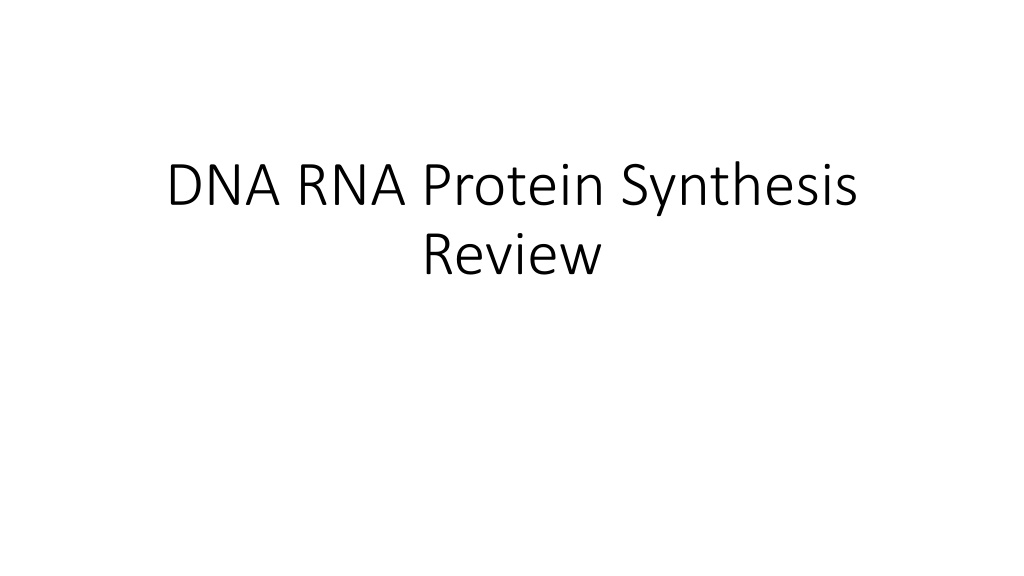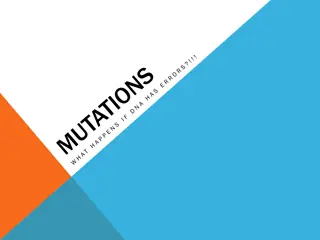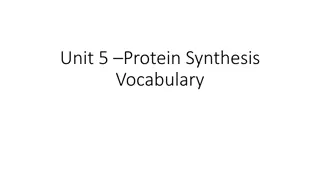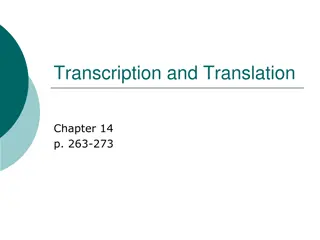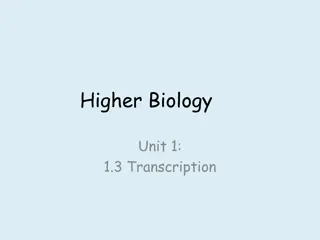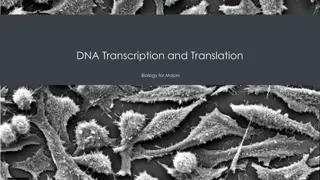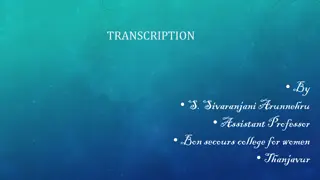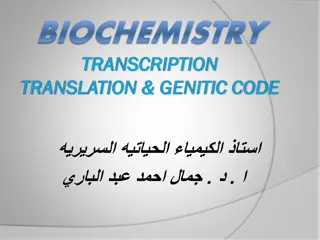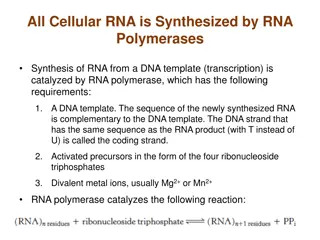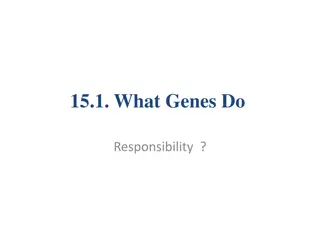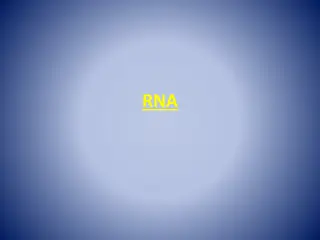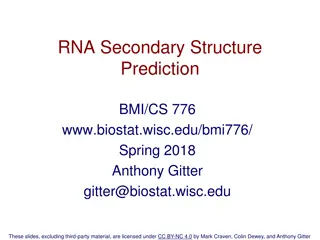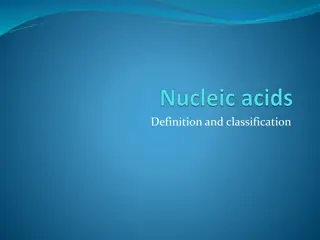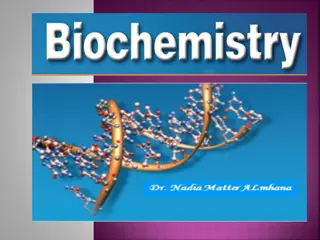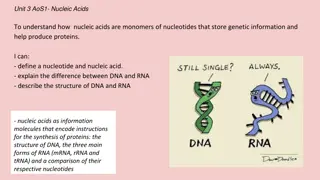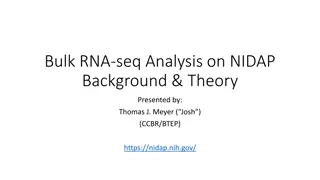Understanding DNA, RNA, and Protein Synthesis: A Comprehensive Review
Explore the fundamentals of DNA, RNA, and protein synthesis in this detailed review. Learn about the structure of DNA, the role of different nucleotides, DNA replication process, RNA structure, various types of RNA, transcription from DNA to RNA, and translation from RNA to protein. Dive into the world of genetics and molecular biology through this informative guide.
Download Presentation

Please find below an Image/Link to download the presentation.
The content on the website is provided AS IS for your information and personal use only. It may not be sold, licensed, or shared on other websites without obtaining consent from the author. Download presentation by click this link. If you encounter any issues during the download, it is possible that the publisher has removed the file from their server.
E N D
Presentation Transcript
DNA RNA Protein Synthesis Review
Contributors Watson and Crick Rosalind Franklin Chargaff Hershey and Chase Avery and Griffith
Role of DNA in the cell Copy info Store info Transmit info
DNA Stands for Deoxyribonucleic acid Structure Double helix Composed of what monomers? Nucleotides These are composed of Phosphate 5 carbon sugar (deoxyribose) Nitrogen bases These 4 are Adenine Guanine Cytosine Thymine
Bases divided into two categories Purines Adenine and guanine Two rings Pyrimidines Thymine and cytosine Not on test, just for your personal knowledge
DNA replication Step 1 Helix unzips Enzyme? Helicase What bonds are broken? Hydrogen Step 2 Each strand becomes a template for a new strand What enzyme builds? DNA polymerase Step 3 DNA polymerase does what now? proofreads
RNA structure Strand #? One Can it leave the nucleus? Yes Monomers made of Ribose (5 carbon sugar) Phosphate Nitrogen bases A, G, C, and Uracil
Three kinds of RNA mRNA, rRNA, tRNA Messenger RNA Moves the message, the recipe for the protein Ribosomal RNA Builds the ribosomes Transfer RNA Carries the amino acids to the ribosome according to the recipe
Transcription What is it? DNA to RNA Begins at Promotor sequence Ends at? Terminator sequence This strand is ______________ to the original DNA strand complementary
Translation What is it? RNA to protein Read in codons, which are Groups of 3 nitrogen bases Each one codes for a specific Amino acid Each sequence begins with Start codon, AUG Which codes for Methionine Each stops with a Stop codon
Process of translation Ribosomes read mRNA tRNA brings AA s and matches them with the correct codon on mRNA tRNA s anti-codon is complementary to mRNA s codon tRNA enters the ribosome to drop off Amino Acids AAs binds together to form the growing polypeptide
Steps to translation Initiation: begins at AUG (start codon) Elongation: AA s are added to the polypeptide chain until reaching a stop codon Peptide bonds are formed between each pair of AA s Termination a stop codon (codes for a tRNA with no amino acid) is read
Gene Regulation and Expression Not all genes are expressed In every cell Or at the same time. In Eukaryotes transcription factors control the expression of genes. Cell Specialization genes are turned on or off depending on cell type, for example liver cells will produce different proteins than muscle cells.
Mutations Mutation: change in the nucleotide sequence Types: Gene Mutations: Change 1 gene Point mutations when one base is substituted for another Frameshift mutations when a base is added or deleted (the entire reading frame is changed)
What causes mutations? Spontaneous mistake (natural) Mutagens a physical or chemical agent What do mutations cause? Diversity! Genetic Disease Sickle cell anemia Cystic fibrosis Huntington s disease Cancer
Are mutations always bad? NO! When can they be good? Evolution, biodiversity
